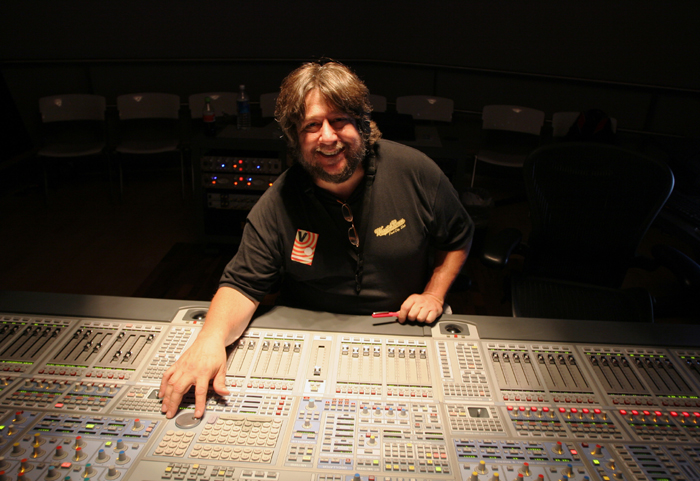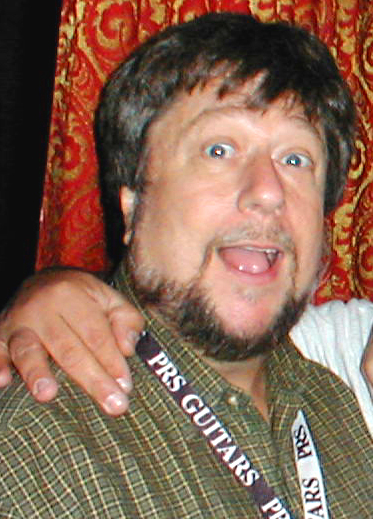
Composer, keyboardist, saxophonist - as a founding member of the wonderful Happy The Man, Frank Wyatt has worn many hats. Wyatt & HTM co-founder Stan Whitaker have recently released the CD Pedal Giant Animals and started another project called Oblivion Sun. Wyatt graciously sat down with ProgSheet to give us a tour of his musical career. Roll up! Roll up!


